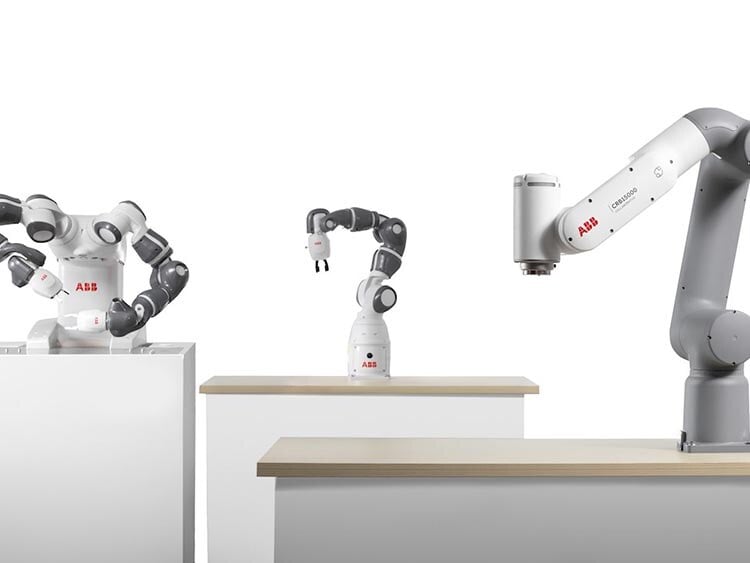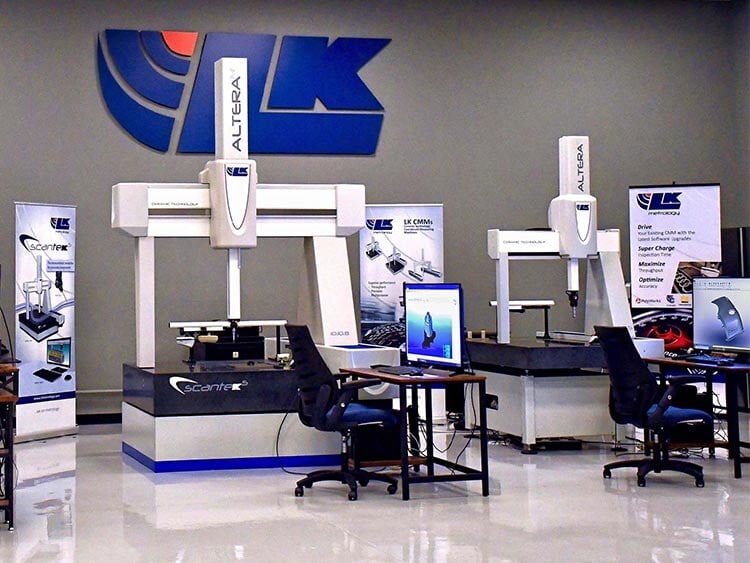三维建模
我们很自豪能够与 ACIS 一起率先开发几何内核。如今,我们提供的解决方案可满足您的三维几何表示需求。无论您需要连续还是离散的 B-Rep 建模器,我们都能为您的特定应用需求提供解决方案。
更多信息Importing or “opening” STP files in AutoCAD is a straightforward process that can be accomplished in a few steps. You’ll be able to use one of two methods to open STP files.
NOTE: You should be in the 3D Modeling Workspace to import an STP file.
You need to follow a 3-step process to open an STP file in AutoCAD using the tabs in the Quick Access Toolbar:

Step 1: Select the “Insert” Tab function
Step 2: Locate the “Import” panel and click the “Import” button
Step 3: Find the STP file you want to import in the file explorer and click “Open”

Using the command-line interface in AutoCAD can be faster than using the Quick Access Toolbar:
Step 1: Open the command bar (Ctrl+9 on Windows; Cmd+3 on Mac)
Step 2: Type “IMPORT” in the command bar and hit the Enter (or Return) key
Step 3: Find the STP file you want to import in the file explorer and “Open”
%20files.jpg?width=609&height=171&name=AutoCAD%20opens%20STEP%20(STP)%20files.jpg)
A window may pop up showing that the import process has started. You can safely close the pop-up and let the import carry out in the background. You will receive a notification message indicating that the import is complete (see above).
NOTE: You may have to insert the file manually once the file is complete to make it appear on-screen and use it for your 3D model. You can do this by clicking the file name or on the notification icon.
Some common issues you may encounter when trying to open an STP file in AutoCAD are as follows:
The Standard for the Exchange of Product Data file, or STEP (STP), is a popular 3D object file type.
Though AutoCAD opens STEP (STP) files, it does not natively support the STEP file format. It does not read or write STP files natively; instead, converting files using a built-in translation tool.
Users can experience translation errors, loss of metadata, and version control issues when importing or exporting non-native file formats. To streamline workflows, consider using a dedicated file converter like Spatial’s 3D InterOp. It allows:


ABB’s Robotics Division used RobotStudio software for PC-based robot programming, boosting productivity without production shutdowns.
Explore current and future Computer-Aided Manufacturing workflows and ways to enhance CAM.
A 3-part guide for Machine Tool Suppliers on boosting hardware sales through software differentiation and choosing the right development toolkit.
Discover Automatic CAM, the enabling processes, and its application benefits.
Explore the top reasons to use Spatial's 3D SDK for developing, deploying, and supporting innovative 3D applications.
Explore current and future Computer-Aided Manufacturing workflows and ways to enhance CAM.
A 3-part guide for Machine Tool Suppliers on boosting hardware sales through software differentiation and choosing the right development toolkit.
Discover Automatic CAM, the enabling processes, and its application benefits.
Explore the top reasons to use Spatial's 3D SDK for developing, deploying, and supporting innovative 3D applications.


LK Metrology was on a quest to maintain precision for their Coordinate Measuring Machines. They improved core application functionality through a development partnership with Spatial.
FVA's solutions served the driveline industry with software capable of sophisticated simulations and detailed analyses of gearbox components.
Renishaw integrated Spatial SDKs into QuantAM 2017, enabling users to build parts correctly the first time, preserving original design intent.
Stäubli Robotics Suite 2022 offered optimized features for complex automation scenarios, enabled by Spatial’s CGM Modeler.
A leading CAM software provider for sheet metal manufacturing used 3D ACIS Modeler for robust 3D modeling and simulation.
FVA's solutions served the driveline industry with software capable of sophisticated simulations and detailed analyses of gearbox components.
Renishaw integrated Spatial SDKs into QuantAM 2017, enabling users to build parts correctly the first time, preserving original design intent.
Stäubli Robotics Suite 2022 offered optimized features for complex automation scenarios, enabled by Spatial’s CGM Modeler.
A leading CAM software provider for sheet metal manufacturing used 3D ACIS Modeler for robust 3D modeling and simulation.

Learn why companies transition from homegrown graphics solutions to HOOPS Visualize and what the switch entails.
Learn how CGM Modeler enables application development for creating, modifying, querying, and visualizing 3D data across industries.
Explore current and future Computer-Aided Manufacturing workflows and ways to enhance CAM.
Discover the importance of 3D model healing, pre-healing actions by 3D InterOp, and the healing process.
Understand model repair and validation, its impact on modeling operations, and detailed test results.
Learn how CGM Modeler enables application development for creating, modifying, querying, and visualizing 3D data across industries.
Explore current and future Computer-Aided Manufacturing workflows and ways to enhance CAM.
Discover the importance of 3D model healing, pre-healing actions by 3D InterOp, and the healing process.
Understand model repair and validation, its impact on modeling operations, and detailed test results.

Learn how you can significantly speed up your application’s development with AGM’s extensive, out-of-the-box, advanced code base.
Discover how Application Lifecycle Management impacts your revenue, shortens time to market, and extends your application's lifespan.

Learn how you can enable constraint management and assembly modeling in your 3D application with Spatial’s Constraint Design Solver SDK.

Discover how to easily add simulation to your application or automate interface detection in CHT or CFD simulation applications.

Discover how to handle both CAD and scanned data for hybrid manufacturing.

Discover how Application Lifecycle Management impacts your revenue, shortens time to market, and extends your application's lifespan.

Learn how you can enable constraint management and assembly modeling in your 3D application with Spatial’s Constraint Design Solver SDK.

Discover how to easily add simulation to your application or automate interface detection in CHT or CFD simulation applications.

Discover how to handle both CAD and scanned data for hybrid manufacturing.






